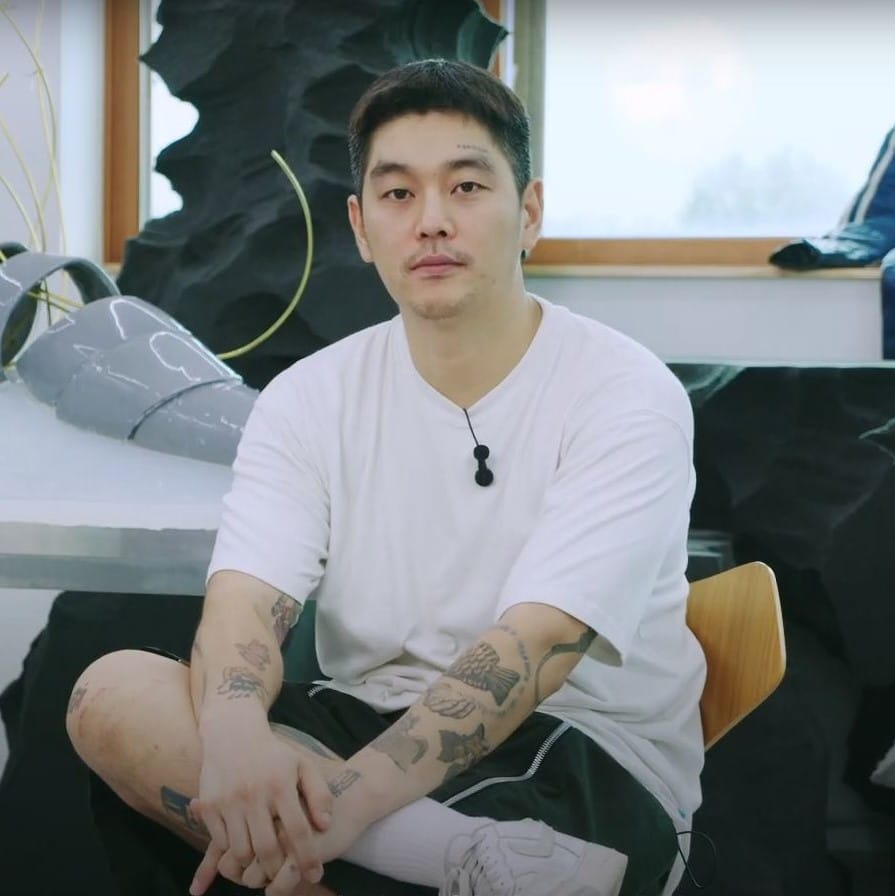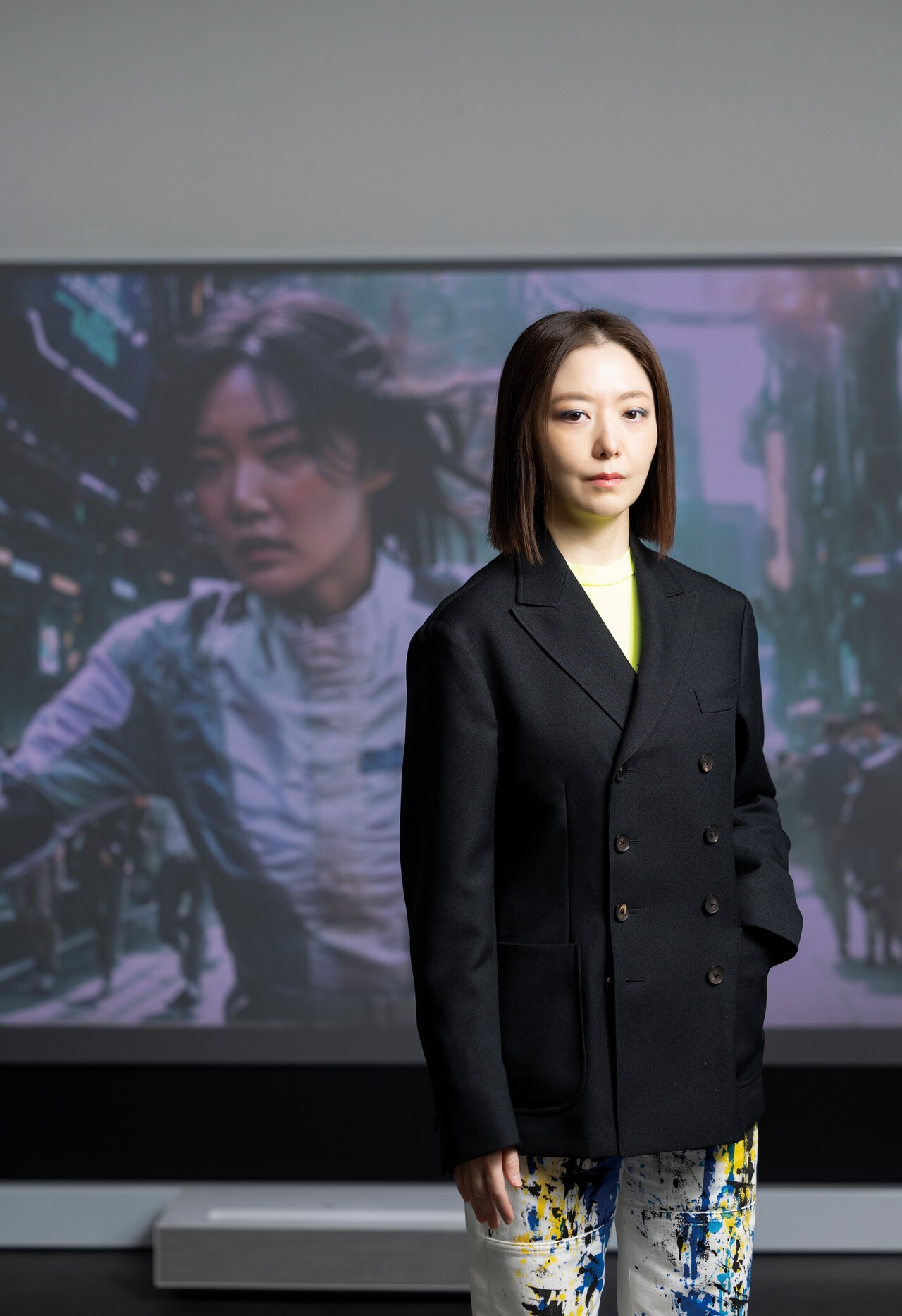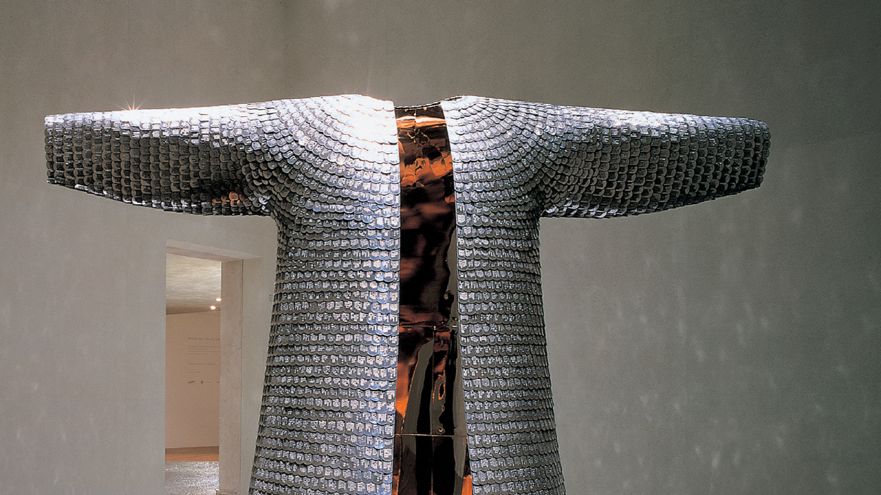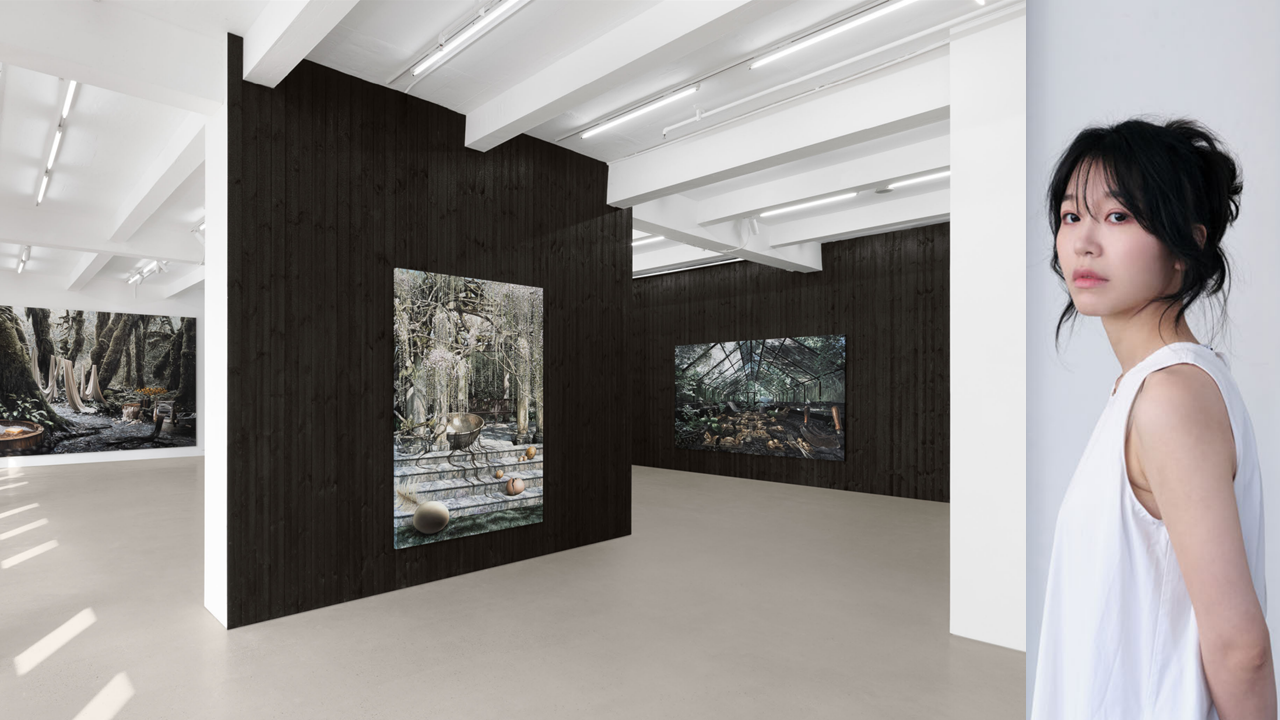Lee Kun-Yong (b. 1942), one of the leading figures in the Korean avant-garde movement, is now represented by the New York-based gallery Pace.
The artist’s solo exhibition, which is his third presentation with the gallery after exhibiting in Beijing in 2018 and Seoul in 2019, is currently on view in Hong Kong through March 3, 2022.
Lee has been represented by Gallery Hyundai in Seoul and Leeahn Gallery in Seoul and Daegu, with which he will also continue to work.
 Pace Seoul. Photo by Aproject Company.
Pace Seoul. Photo by Aproject Company.Lee works in a variety of genres, including performance, painting, installation, and video. He is considered a pioneer artist, as he introduced performance art to Korea in the 1970s when Dansaekhwa (Korean monochrome painting) was prevalent in the Korean art scene.
Under the military dictatorship in the 1970s, political views were censored heavily, and new forms of art were largely unacceptable to the government because they could contain provocative ideas. Lee was one of the key figures who took a new direction during this period. He participated in the founding of the artist group Space and Time (S.T.) and became one of the most important members of the Korean Avant-Garde Association (A.G.).

Lee Kun-Yong, 'The Method of Drawing 76-1,' 1976. Courtesy of National Museum of Modern and Contemporary Art, Korea (MMCA).
One of Lee’s best-known works is The Method of Drawing, which is a series he began in 1976.
Lee approaches the canvas from different angles, marking with his choice of medium where his sweeping arms could reach. The series is a record of the artist’s process of perceiving the flat surface of the canvas using only his limited and controlled body.
He attempts to subvert the prevailing notion of traditional painting, which is to express one’s idea on a medium such as paper or canvas. Instead, Lee focuses on the process of creation.

Lee Kun-Yong, 'The Method of Drawing(Angels). 1997. Courtesy of MMCA.
His influence in the contemporary art scene has been acknowledged and he was selected as the only Korean artist among 35 in “Artsy Vanguard 2020,” Artsy’s annual list of the most promising artists. But his work has not yet been presented on a larger stage outside of Asia.
According to Youngjoo Lee, senior director of Pace in Seoul, Pace is planning show Lee’s works in the US and in Europe.
The artist’s work will also be introduced at major art museums this year. Lee’s works will be exhibited with other Korean avant-garde artists at the Guggenheim Museum in New York and the National Museum of Modern and Contemporary Art in Korea. The exhibition, The Avant-Garde: Experimental Art in South Korea, in the 1960s–1970s, will be the first major international exhibition of Korean avant-garde art.
Pace, a multinational gallery, operates nine international locations and represents more than a hundred renowned artists, including Lee Kun-Yong and Lee Ufan.
































